How to Use WhatsApp Automation for your Business
WhatsApp automation offers a fantastic opportunity for businesses to streamline communication, improve efficiency, and enhance the customer...
Improve your digital customer engagement by discovering the latest strategies and techniques for building strong and meaningful relationships
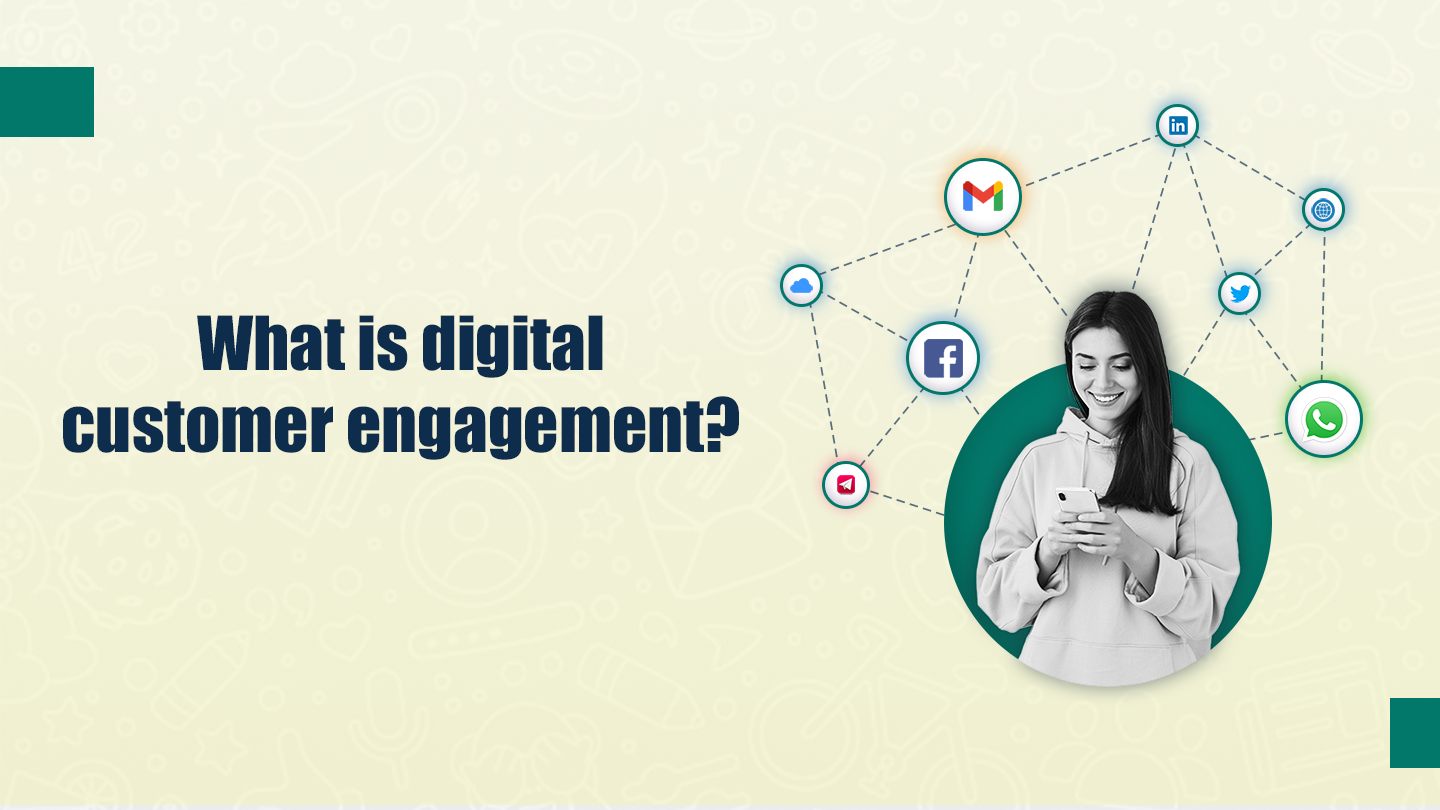
Netflix & Hulu use behavior, data, and technology to tailor content based on the viewer's interests.
Amazon uses data and technology to deliver personalized recommendations based on the users browsing and purchase history. It doesn’t matter if a user buys the product or abandons their cart, Amazon will use that data to deliver personalized suggestions based on the user's interests. This tactic has helped Amazon generate 35% of its annual revenue.
The best way to boost revenue is by using data and insights to deliver a personalized experience.
The toughest job of a brand though - retaining a customer!
The fix?
Consistent digital customer engagement across channels.
In a world, where everyone is digitally connected, if a customer is unhappy with your brand, they may share it with their social network.
Customers want exceptional experiences with a brand.
It's like a relationship with a stranger
In the beginning stages, it needs to be nurtured with care and appreciation to form a bond that will last.
A digital customer engagement strategy will help your brand provide an exceptional customer experience that will ultimately help you boost revenue.
Digital customer engagement can be defined as a proactive interaction conducted by a brand via digital channels to boost engagement and build relationships throughout the buyer’s journey. These digital channels can include email, SMS, social media, and more. Some of the digital customer engagement examples include:
✅Interacting with a conversational AI bot to get real-time information
✅Engaging with your brand’s social media and receiving support over social messaging apps
✅Watching tutorials via your website’s help center
✅Clicking on email content
✅Completing a customer satisfaction survey (CSAT)
A recent report found that fully engaged customers tend to buy more and demonstrate more loyalty than disengaged customers. Hence, it is crucial to keep your customers engaged even after their initial purchase. Here are some digital customer engagement trends to watch out for:
In the modern world, data is everything. Brands want to have complete information on the why’s and how's of customer engagement. For instance, without big data, you won't be able to figure out why your customers abandon their carts? Was it related to your shipping policy or was it a lack of their preferred mode of payment?
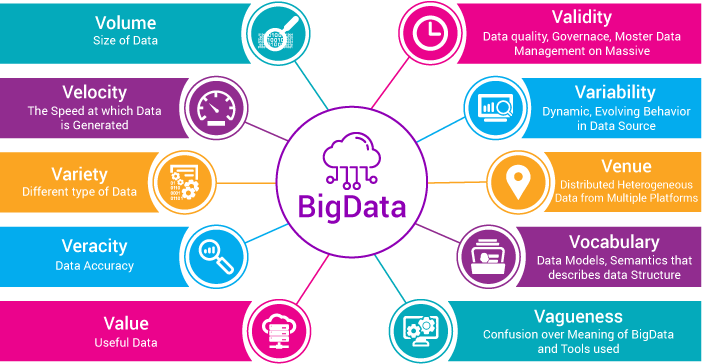
Once you know the whys, you need to know the how's. How can you resolve a particular customer’s problem? How can you serve your customers better?
With the advancement of technology, it is easier to collect and analyze data and cater to every customer's need. Brands can now be more engaged with customers by offering personalized solutions suited to their preferences. In addition to this, the real-time nature of conversational AI bots allows brands to act quickly and keep up with the customer's desires and expectations.
AR (Augmented Reality) has paved the way to create real-life experiences. The global AR market is expected to reach about $297 billion by 2024. Another research showed that most brands are already experimenting with AR to improve customer experience. AR allows brands to combine the digital and retail experience since most consumers prefer trying products before purchasing them.
In an attempt to create real-life experiences, the future of retail in the metaverse would allow online users to shop and engage with products in the virtual world using a digital avatar of their choosing and/or design.
In addition to this, it will also allow one to not just shop with your avatar but also shop for your avatar.
Social media is the new way of introducing yourself to your customers. It helps brands build personalities and provides a space to build a community. A recent report found a rising influence of social sharing and discovery has on eCommerce within the 18 to 34 age group.
Brands have started using social media to their advantage. H&M, for example, uses outfit inspiration to let customers know how the clothing looks and tags the product to the outfit in case a customer wants to purchase the look.
Read also Conversational Commerce on Instagram
Big conversations are happening in real-time. A report established that 3 out of 4 customers expect their queries to be answered in real-time. Customers prefer to choose the place and time to interact with brands.
With rising customer expectations, AI bots have paved the way to drive meaningful conversations in a matter of seconds. A key digital customer engagement strategy involves catering to customer queries in real-time. Now, when a customer sends a query, the conversational AI bot answers them in real-time.
The two key elements that have revolutionized customer engagement are AI chatbots and Voice assistants. In fact, the projected value of chatbot eCommerce transactions is expected to hit $112 billion by 2023. In addition to this, another report found that 50% of respondents made a purchase using voice assistants.
Before proceeding further, it is important to measure your customer engagement. Some of the KPIs that you can measure can include the average time spent by your visitors, social media interaction, customer referrals, CTR & others.
The first thing that any brand considers while developing its digital engagement strategy is to determine its business goals. But without data how can you measure your progress? Every strategy needs to have numbers.
For instance, you set a goal to get 200 demos through digital channels. Your brand announced a new feature for your product. You check your analytics to find that your downloads are low which means that the awareness among your customers is low.
Once you analyze the data, you can devise a plan to identify the best way to reach your audience.
The digital experiences that your customers encounter can either build or hurt your brand. So it is crucial to understand your customer's expectations in order to cater to their needs further.
Modern consumers don't just want to make a purchase decision. With the advancement of technology, customer expectations have changed drastically. Some of the expectations of modern consumers include:
✅Personalized conversations based on preferences and purchase/browsing history
✅Two-way communication
✅Exceptional end-to-end customer experience
✅Real-time resolution
The relationship between a customer and a brand is not entirely dependent on how good your product or service is. It is also dependent on how your brand offers a consistent experience throughout the customer journey. Here are some of the ways to meet your customer's expectations:
For any brand, every interaction poses an opportunity to enrich a customer's experience. But how do you create unique and memorable experiences for your customers?
A data-driven digital customer engagement strategy will help your brand create unique and memorable experiences. Every interaction the customer has with your brand will be based on the customer’s browsing data, purchase history, and more.
Let’s take an example.
Jenna landed on your brand's summer collection ad on Facebook the Clicks to WhatsApp. She liked the black dress from your collection and wants to enquire about its size. Jenna clicks on the “Send Message” button that redirects her on WhatsApp. The AI bot conversationally collects customer information such as email addresses, the phone number to create a unique PII. If the customer has shopped with your brand before, it will automatically be able to pull data and serve the customer based on their preferences.
Jenna enquired about the size and got her fit. Now she wants to complete the purchase. The bot automatically can send a digital payment link that helps the customer complete the transaction on the go.
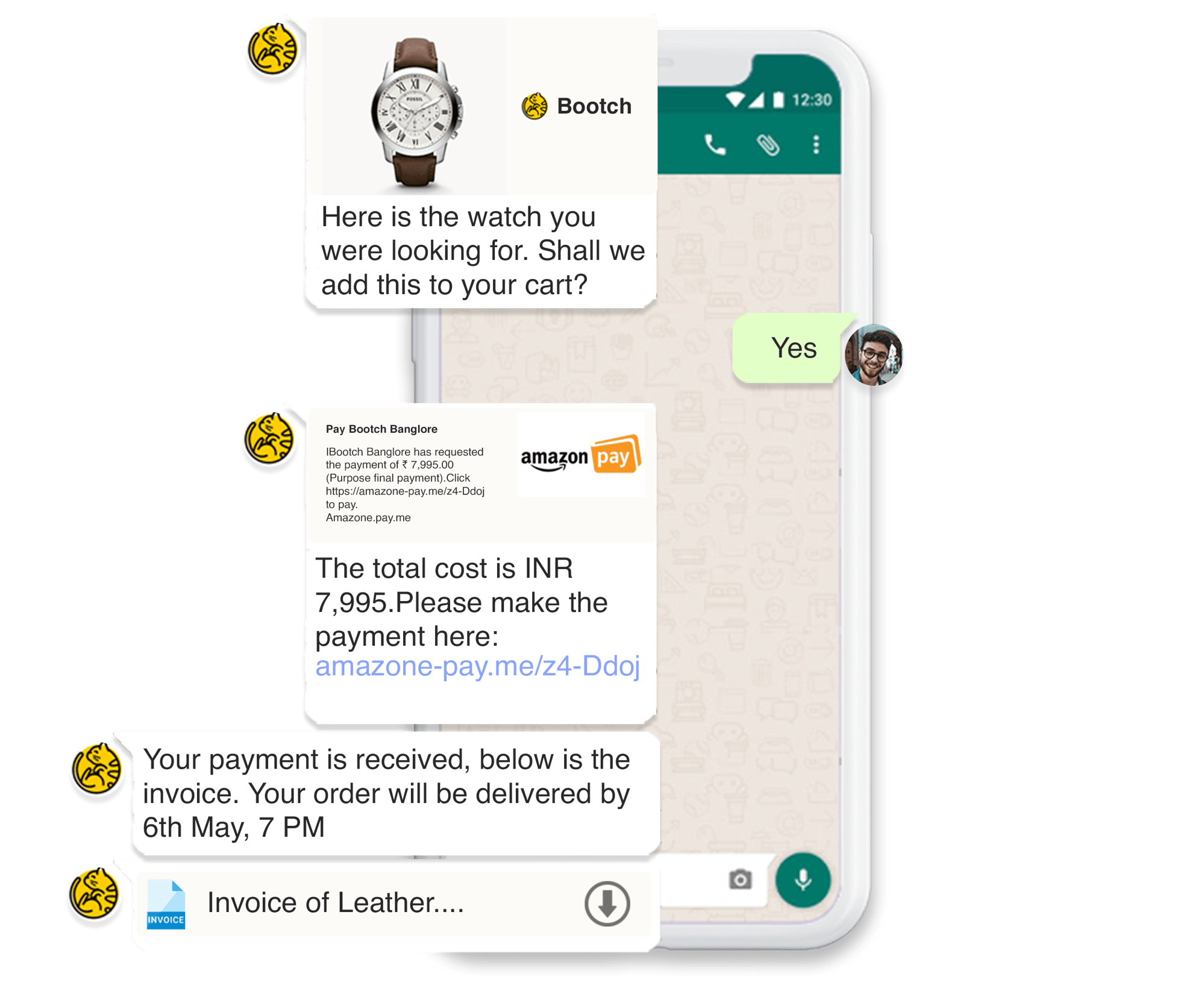
The bot can go even further and recommend products while conversing with the customer. In this case, it can send matching shoes or a necklace that goes with the dress. The customer may like the suggested products and wants to add additional products to the bag. A smooth conversation can help your brand increase the average order value.
A personalized conversation sends the impression that your brand appreciates its customer’s business and has done concrete research to offer a unique and memorable experience.
Explore Vizury CommerceBot Builder
Two-way communication plays a major role in helping your brand understand your customer's needs and wants. It helps you understand the changing needs and identify the expectations of your customers.
Let's take an example
A customer wants to chat with your brand about a particular product. They can immediately go to your brand’s website and start a conversation on your live chat. The conversational AI chatbot can immediately answer the customer’s questions and help them with the correct product. Two-way communication is essential for boosting customer advocacy and creating loyal customer relationships.
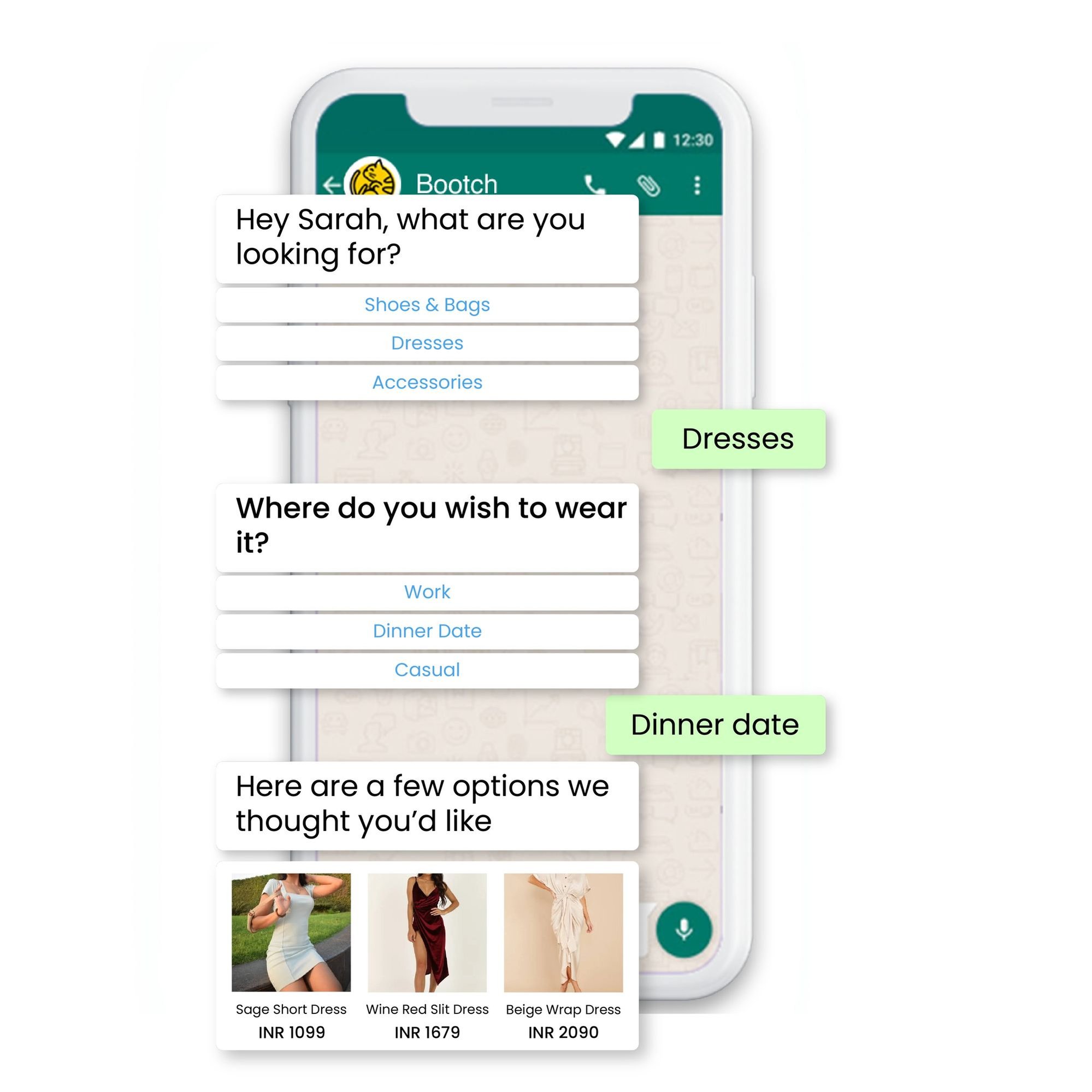
When your brand engages in a two-way conversation that is more human-like, the customer is bound to advocate for your brand on your behalf.
An end-to-end customer experience can be defined as a set of interactions between a customer and a brand throughout the customer's journey. An excellent digital customer engagement strategy can result in an exceptional customer experience.
To ensure an excellent customer experience, your brand must be connected across all customer touchpoints. For instance, a webpage dedicated to answering frequently asked questions can help customers immediately get answers to their questions.
The webpage can also offer video tutorials that can help answer customer queries. In case, the FAQ page doesn’t answer their question, they can also send a message on your social media and interact with your 24/7 chatbot to get their answers in real-time.
Read also How to Use Digital Engagement to Drive Brick-and-Mortar Sales?
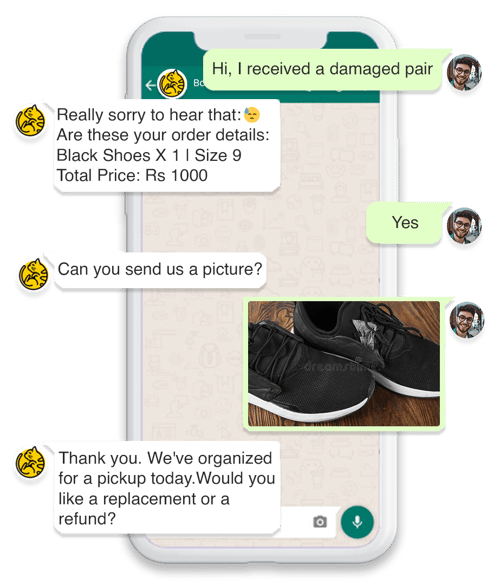
A 24/7 live chatbot allows your brand to stay connected with your customers. For instance, a customer messages you on Facebook messenger enquiring about a product. The AI WhatsApp chatbot is able to answer customer queries in real-time.
Today’s brands are more focused on creating delightful experiences rather than costs and acquisitions. The interplay between customer engagement and data has enabled brands to devise strategic and more consumer-focused plans to drive sales and boost revenue. If you are a brand looking to create unique and data-driven experiences for your customers, book a demo with Vizury today.
WhatsApp automation offers a fantastic opportunity for businesses to streamline communication, improve efficiency, and enhance the customer...
Explore the complete guide to WhatsApp opt-in, including best practices, tips for successful implementation, and ensure compliance with privacy...
Use the craziest duo - Facebook + WhatsApp to boost your ROAS and CLTV. Find out what big FMCGs are up to in this webinar.
Be the first to know about new B2B SaaS Marketing insights to build or refine your marketing function with the tools and knowledge of today’s industry.